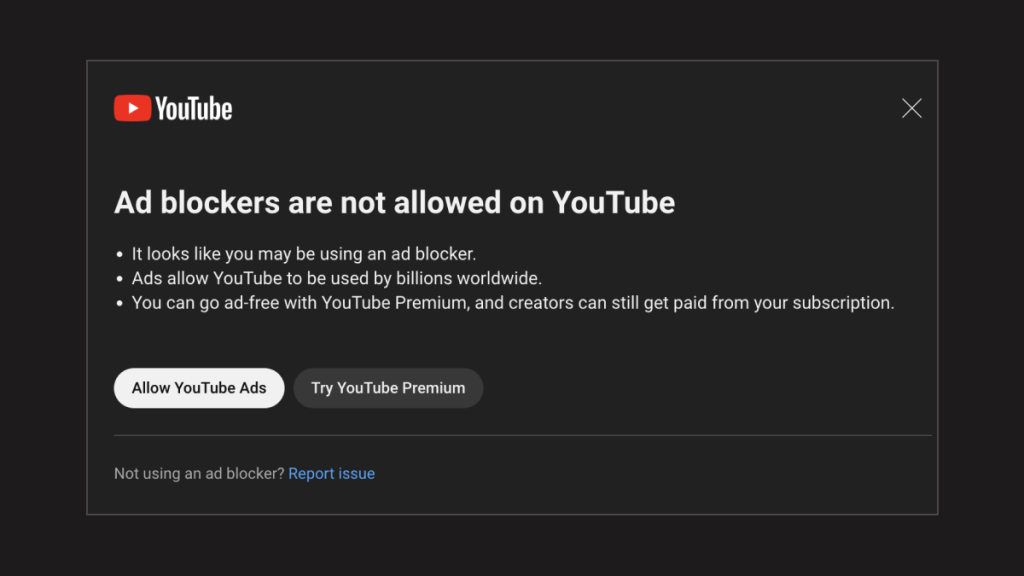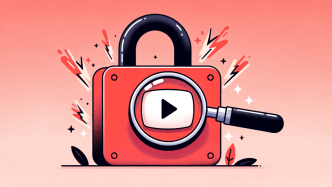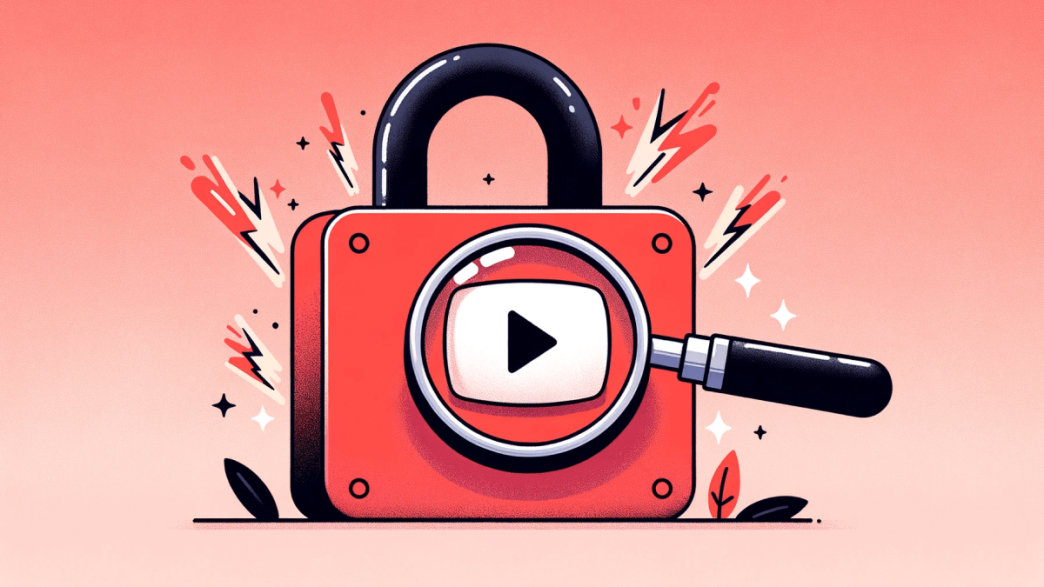If you haven’t been paying attention, or perhaps you don’t use an ad-blocker in the first place, YouTube is cracking down hard on users who block ads. And the situation has gotten so bad that YouTube will now explicitly try and block you from watching videos unless you disable your ad-blocker, or pay up.
The fact that YouTube is doing this is not a surprise in of itself. The idea was teased first back in May to a small subset of users on a “small experiment” basis. In late June, that small experiment became a global test, and as of the last couple of days – more and more people are beginning to notice the YouTube’s crackdown notice.

There’s an ongoing Reddit thread at the uBlock Origin sub-reddit (2,300+ comments), which has details on what is happening and how to bypass the block. For the time being, it is still possible to comfortably do it with filters. You either manually add them yourself, or you keep your extensions updated to their latest versions.
AdBlock Plus denounces YouTube’s actions
YouTube’s recent experiments with blocking ad blockers have not sat well with the makers of Adblock Plus, a popular ad-blocking extension. In a blog post titled “What’s Happening with YouTube Ads?“, Adblock Plus revealed its dissatisfaction with YouTube’s anti-ad blocking wall and pledged to find a solution soon.
“While we believe that content providers should control how you use their site, the YouTube wall is particularly distressing for many of our users,” stated the Adblock Plus development team. While Adblock Plus works on a more permanent fix, they recommend users to:
- Keep their filter lists up-to-date.
- Consider adding YouTube to their allowlist.
This situation is not unique to Adblock Plus; other ad blockers face similar challenges. It spotlights the ongoing tension between platforms seeking to monetize their content and users seeking an ad-free experience. Ad-blocking statistics suggest that the adoption rate of ad blockers is on the rise, year over year.
According to the latest estimates, the ad blocking user penetration rate in the United States stood at approximately 26 percent in 2020, indicating that roughly 73 million internet users had installed some form of ad blocking software, plugin, or browser on their web-enabled devices that year.
Is YouTube setting a precedent for the future?
It did occur to me that YouTube’s decision to explicitly target ad-blockers could signal a potential watershed moment for digital platforms reliant on advertising revenue.
Given YouTube’s immense influence, it’s plausible that other major platforms might follow suit, implementing their own stringent anti-ad-blocking measures. If YouTube’s experiment turns out to be lucrative and relatively free of major complaints, it could encourage other platforms to adopt similar strategies.
This would likely influence consumer behavior as well, pushing some users toward paid, premium versions of platforms to escape the ad onslaught, thereby adding another revenue stream for these companies.
That said, I think there is considerable risk involved for platforms implementing such hardline policies. Users frustrated with the inability to block ads may seek alternatives, giving rise to competitors promising an ad-free experience, either through subscriptions or other monetization methods.
For now though, go install uBlock Origin and enjoy an ad-free browsing experience, both on the Web and YouTube! Also, a shameless plug for my recent article on security/privacy extensions.













